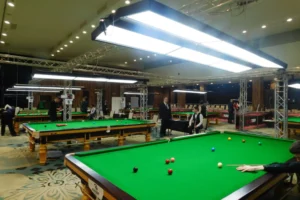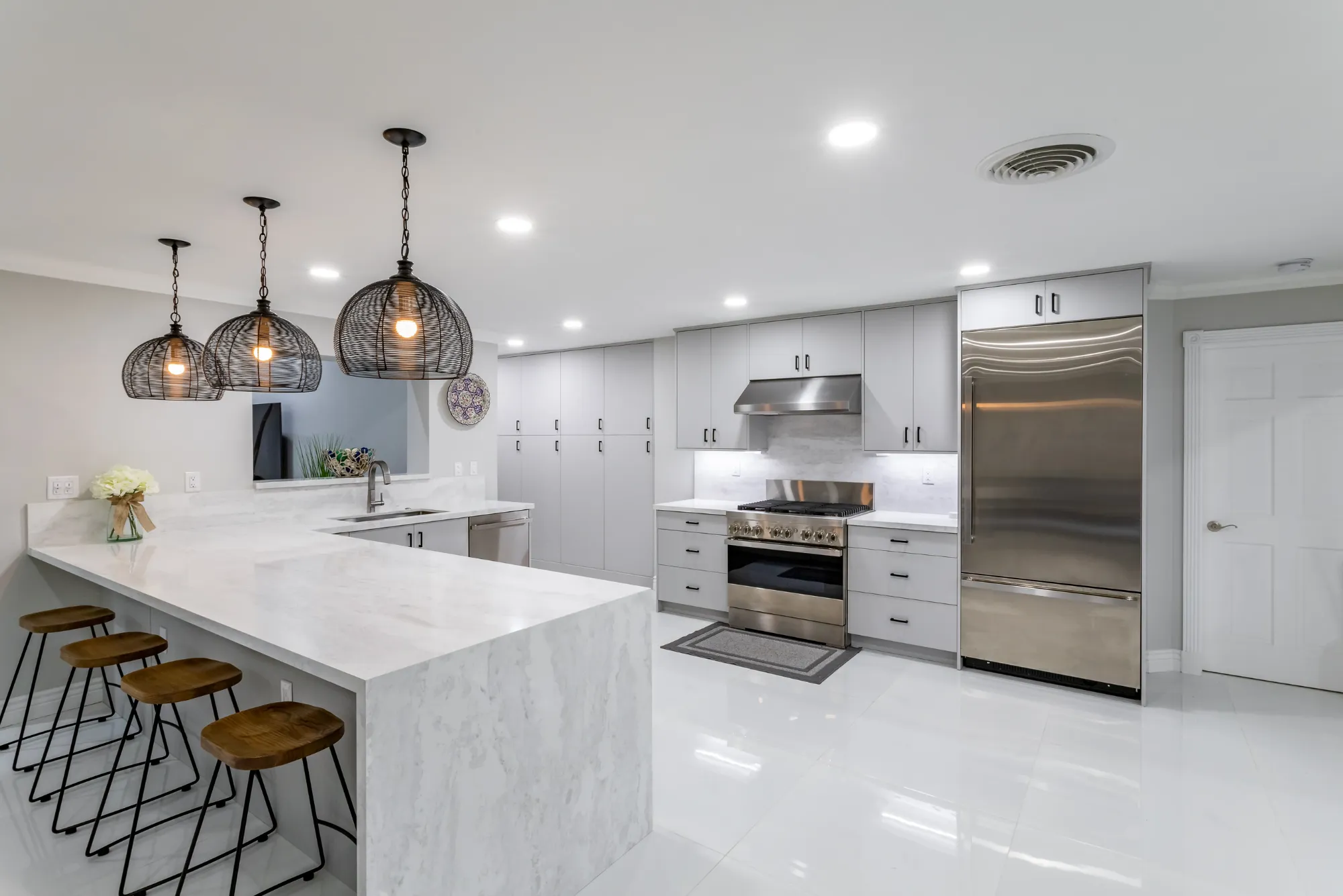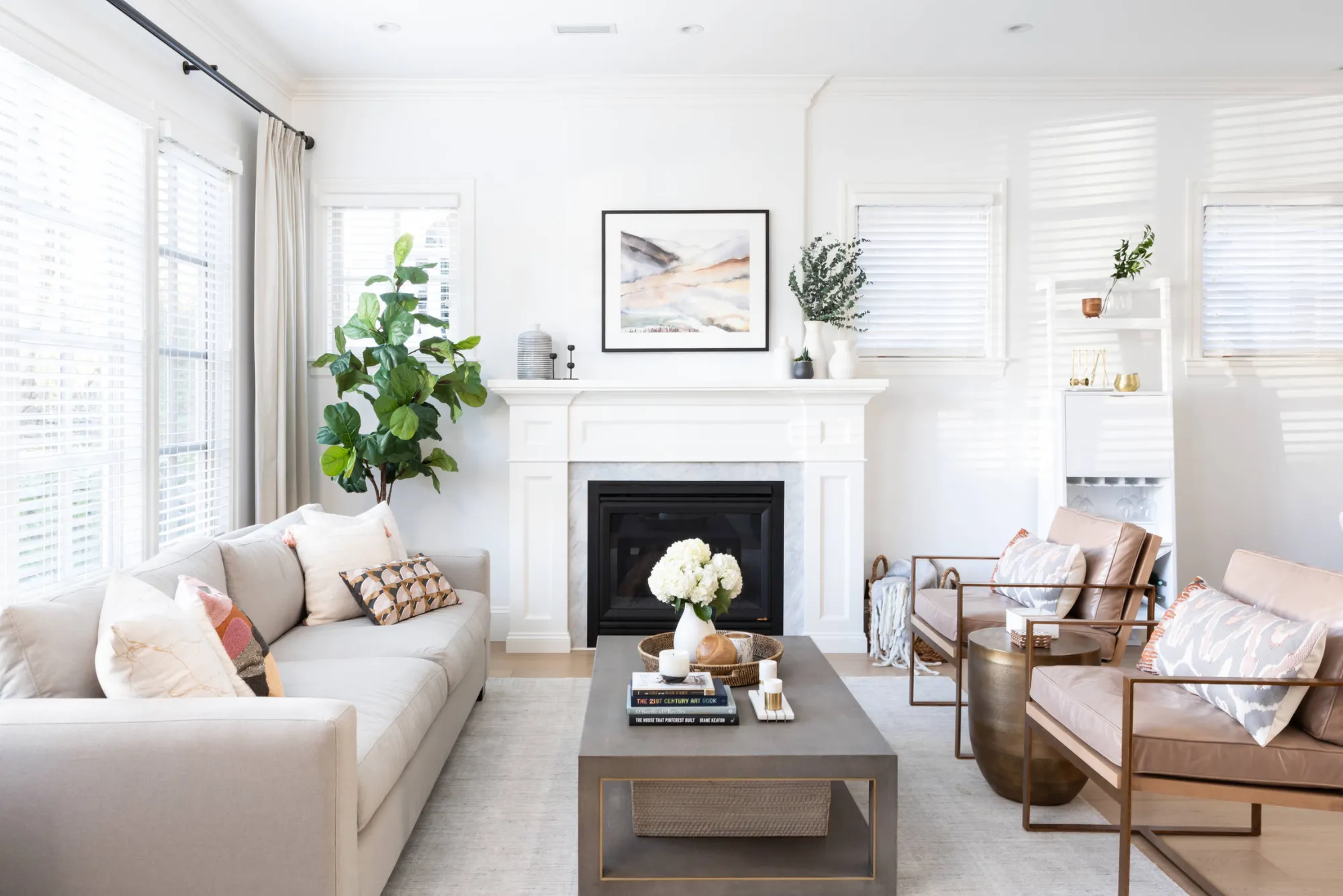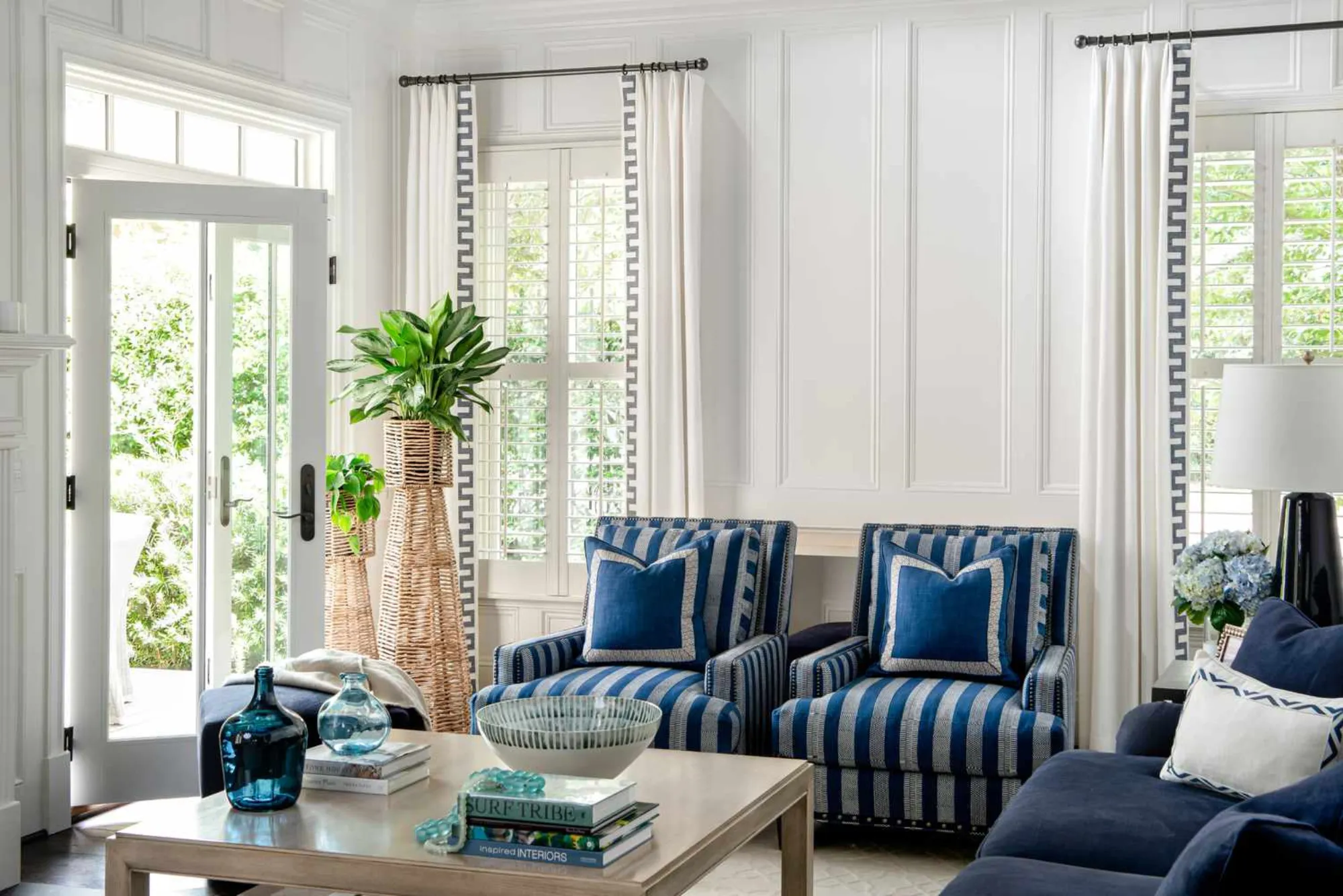Creating a Catholic wall altar in your living room can infuse your home with spiritual significance and provide a dedicated space for prayer and devotion. A well-designed altar can transform a simple wall into a sacred space, reflecting your faith and enhancing your living environment. This guide explores the essential aspects of designing and incorporating a Catholic wall altar into your home.
Understanding the Purpose of a Catholic Wall Altar

A Catholic wall altar is more than just a decorative element; it serves as a focal point for spiritual activities within the home. The primary purpose of such an altar is to offer a designated space for prayer, meditation, and reflection. By having a wall altar, you create a serene and sacred environment where you can connect with your faith daily. This personal space can provide comfort and inspiration, making it easier to integrate spiritual practices into your everyday life.
Designing Your Living Room Catholic Wall Altar
Choosing the Location
When selecting a location for your Catholic wall altar, consider a spot that is both visible and accessible, yet not overly conspicuous. Ideally, the altar should be placed in a quiet corner of your living room where you can retreat for moments of contemplation. The wall you choose should receive adequate natural or artificial light to enhance the altar’s visibility and create a tranquil atmosphere. Pay attention to the surrounding elements to ensure that the altar remains a focal point without overwhelming the existing decor.
Selecting Materials and Colors
The choice of materials and colors for your wall altar should complement your living room decor while emphasizing the altar’s sacred nature. Materials such as wood, marble, or metal can provide a classic and elegant look. Each material has its own aesthetic and can influence the overall ambiance of the space. For colors, neutral tones like white, beige, or gold are often preferred for their ability to evoke a sense of serenity and reverence. These colors can also harmonize with various decor styles, ensuring that the altar integrates seamlessly into your living room.
Wall-Mounted vs. Freestanding Altars
There are two main approaches to designing a Catholic wall altar: wall-mounted and freestanding. A wall-mounted altar is a modern and space-efficient option, where a small shelf or dedicated unit is affixed to the wall. This design can be customized with built-in lighting or storage, creating a streamlined and unobtrusive sacred space. Alternatively, a freestanding altar table placed against the wall allows for a more traditional setup with additional space for decorations and religious items. This option provides flexibility and can be more easily adjusted as your needs change.
Personalizing Your Altar

Incorporating Family Traditions
Personalizing your wall altar can make it more meaningful to you and your family. Incorporate elements that reflect your family’s faith journey, such as personal icons, heirloom statues, or cherished prayer books. These items not only enhance the spiritual significance of the altar but also create a sense of connection and continuity within your family’s religious practice. Including items that hold personal or historical value can make the altar a deeply meaningful part of your home.
Seasonal Decorations
Adapting your altar decorations to reflect the liturgical calendar can add a dynamic element to the space. For instance, during Advent, you might include an Advent wreath; during Lent, consider adding symbols like ashes or a purple cloth. Seasonal decorations can help you engage more fully with the Church calendar and make the altar a more vibrant and relevant part of your spiritual life throughout the year.
Adding Comfort
To enhance the functionality of your wall altar, consider adding a comfortable chair or kneeler nearby. This provides a designated space for prayer and meditation, encouraging you to spend time at the altar regularly. Soft lighting or a small lamp can also contribute to the altar’s serenity, creating a peaceful environment conducive to reflection and devotion.
Maintaining Your Catholic Wall Altar
Regular Cleaning
Maintaining your wall altar involves regular cleaning to ensure that it remains a respectful and inviting space. Dusting the altar surfaces and cleaning any candles or religious items will help preserve the altar’s appearance and sanctity. A clean altar reflects care and reverence for the sacred space you have created.
Updating Decorations
As your spiritual life and family traditions evolve, consider updating the altar’s decorations to reflect these changes. Adding new religious items or adjusting the arrangement of existing ones can keep the altar fresh and aligned with your current practices. Regular updates can help the altar continue to serve as a meaningful part of your spiritual journey.
Creating a Prayer Routine
Establishing a regular time for prayer at your wall altar can help integrate it into your daily life. Designate specific times for prayer and reflection, making the altar a central part of your spiritual routine. This practice not only enhances the altar’s significance but also reinforces your commitment to daily spiritual engagement.
Designing a Catholic wall altar for your living room offers a meaningful way to integrate your faith into your home environment. By carefully selecting the location, materials, and decorations, and by personalizing and maintaining the altar, you create a sacred space that enhances your spiritual life. Whether you choose a modern wall-mounted design or a traditional freestanding altar, your living room can become a serene and inspiring place for prayer and reflection.




